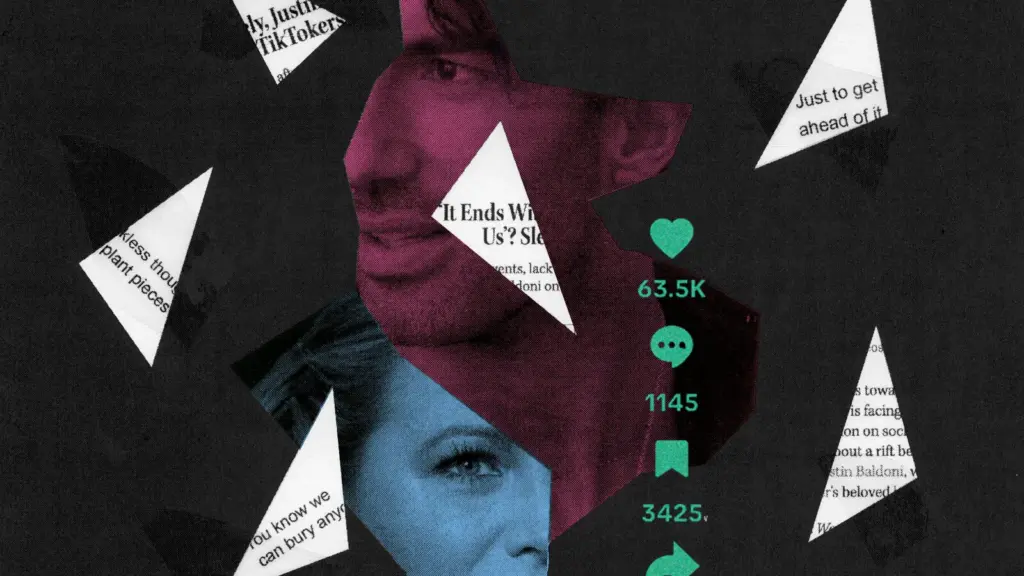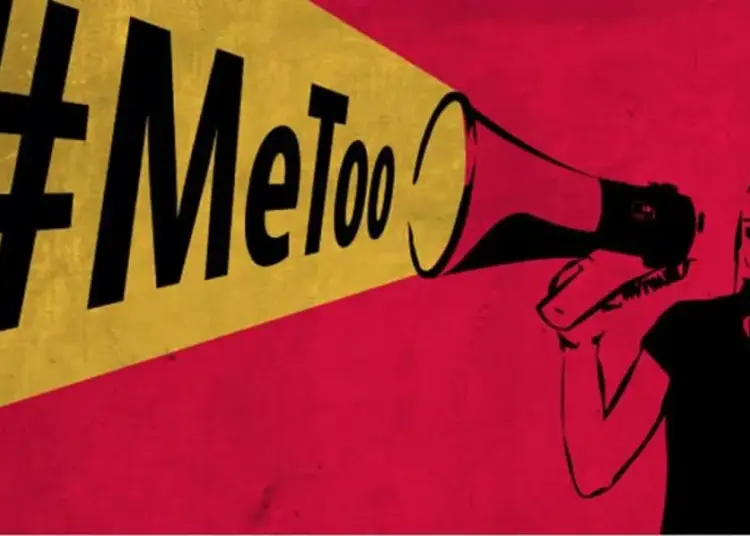While there appears to have been significant forward momentum, evidenced by new laws, legal findings, prison sentences, terminated executives, and more, has there truly been change and progress? There have been positive changes in the law, such as California’s Assembly Bill 218 and New York’s Adult Survivors Act, both of which extended the statute of limitations for survivors to file sexual assault claims against their perpetrators.
Despite these advances, the question remains: Has there been a shift in society that’s equally, and perhaps even more damaging than the psychological and physical warfare the survivor suffered in private?
When one reads books like Nina Jankowicz’s How to Be a Woman Online: Surviving Abuse and Harassment, How to Fight Back and Taylor Lorenz’s Extremely Online: The Untold Story of Fame, Influence, and Power on the Internet, Sharyl Attkisson’s The Smear: How Shady Political Operatives and Fake News Control What You See, What You Think, and How You Vote or Slanted: How the News Media Taught Us to Love Censorship and Hate Journalism, it’s a valid question.
For example, lawsuits that are meant to serve justice are often used to intimidate and silence victims publicly. These lawsuits are nothing more than an extension of the emotional and psychological abuse that perpetrators use to silence survivors. Cassie Ventura, Sean “Diddy” Combs’ longtime “girlfriend,” filed a lawsuit against Combs in 2023 that served as a catalyst for criminal charges being filed against him, ultimately leading to a guilty verdict and multi-year prison sentence. She testified at his trial about physical and psychological threats, and Combs’ efforts to coerce her into silence. Lawsuits are often similarly used as a mere tool to silence and shame survivors with rampant psychological abuse fueled by viral media campaigns.
In fact, some accomplished smear artists use tactics and loopholes to plant untrue stories in credible mainstream publications.

Consider an especially malevolent perpetrator who may file a meritless lawsuit, using made-up facts and fabricated narrative, then share it with a respected reporter to encourage coverage. It’s happened. No doubt, more than once.
Most anyone can file a meritless lawsuit based on a false and misleading narrative, and can later withdraw it.
In fact, a perpetrator may just file a lawsuit as a tool to provoke media coverage in an effort to destroy the other party in the press, or on the internet, where content often lives in perpetuity. Once a traditional outlet has published an article, other publications are apt to publish a similar story. These stories can go viral within minutes. And then the online campaign proceeds by automated bots, quickly fueling the intended smear campaign against an innocent target.
It’s fast, frightening, and virtually uncontrollable.
Why is this done?
Some of these perpetrators seek fame. Others do it for the money gained from “hits” or “views”, especially meaningful when algorithms and bots can and have created as many as a billion hits. Sometimes (and, in fact, often) they have a grudge against their victim.
There have also been reports of these tactics being used to silence one party in a lawsuit. The objective there is simple — to plant lies and false narratives to destroy the victim’s reputation and credibility so that no one believes them. Altogether, the article that catalysed the viral “news” story, which virtually everyone assumed to be true, was not true. It was a well-calculated and targeted fabrication better known as a “hit piece.”
Social media plays a key role in smear campaigns. Automated accounts programmed to amplify false narratives, called bot networks, can make misinformation appear widely accepted. Posts (often written by the same “author” under different user names) are planted to appear as comments from random people, but are used to spread misinformation about a target. Smear campaigns don’t just distort public narratives — they inflict lasting harm on the lives of survivors. When misinformation is weaponised to discredit victims of abuse, it isolates them, undermines their credibility, and retraumatises them publicly and repeatedly. It’s happened more frequently than most people can imagine, especially in the Information Age, where consumers are dominated by online “news” and social media.
Figures like Anita Hill, E. Jean Carroll, and Lindsey Boylan are high-profile examples, but countless others, mostly with unknown names (at least, at first), face similar smear campaign attacks, including Virginia Giuffre, Elizabeth Hirschhorn, and many others. These smear campaign attacks don’t happen by accident; they’re calculated, well-funded operations. The pattern is clear – and it’s time we stop treating it as a coincidence. So, who is behind them, and why? Understanding how these campaigns play out is crucial to recognising misinformation and removing its power.
By recognising these strategies for what they are and refusing to be complicit in their spread, we take a crucial step toward protecting survivors and demanding accountability from those in power.
In a world flooded with misinformation, our refusal to be manipulated is an act of solidarity and resistance, according to the Sexual Violence Prevention Association.











